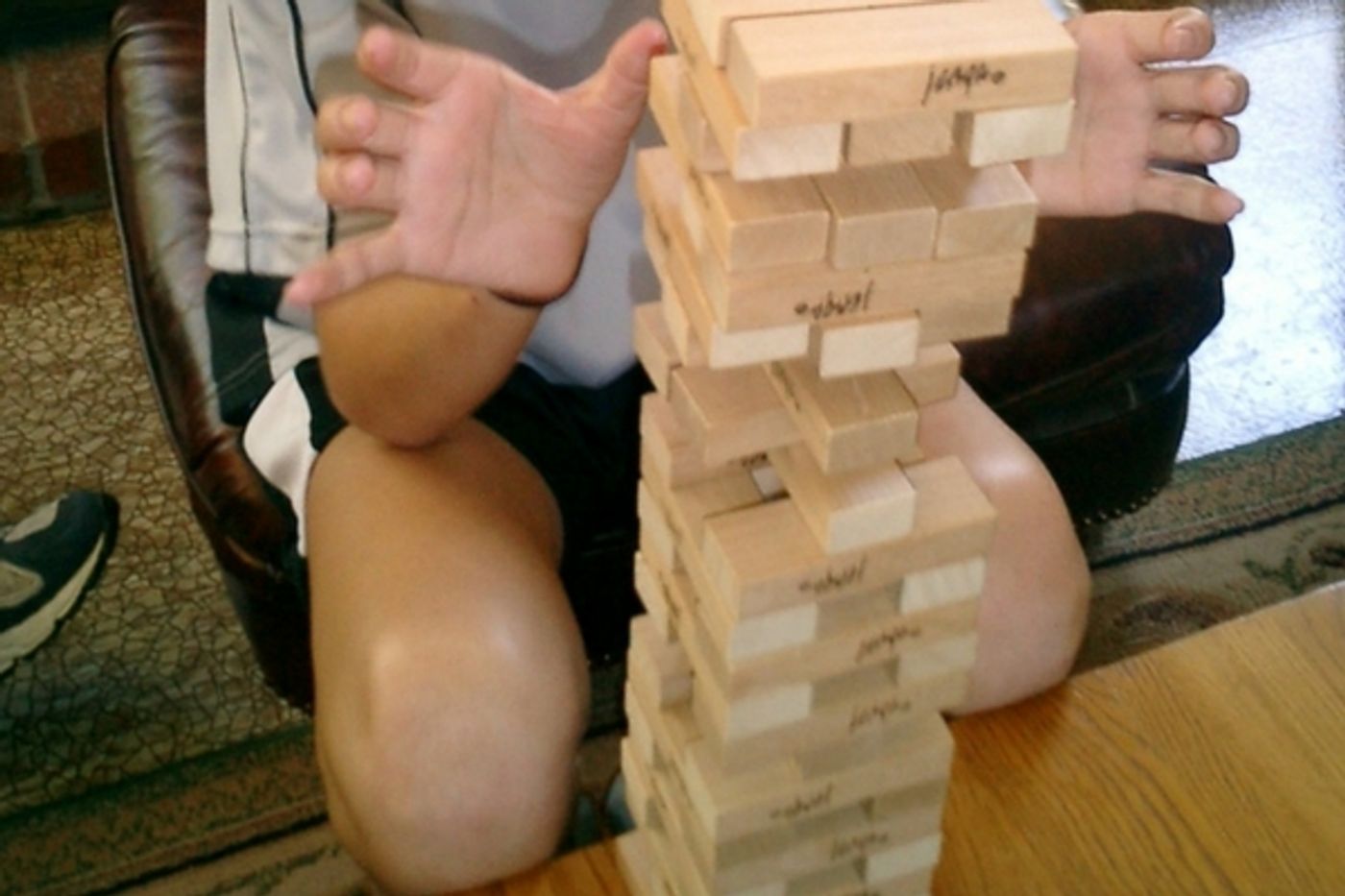While some would say that physics is a difficult subject to do well in, as it turns out the human brain is very well equipped to understand even complex concepts of physics. A Johns Hopkins University cognitive research team has found the source of that ability in the brain and, using a game, has demonstrated how it works.
When people see events unfolding like something falling over, or a plane taking off, it would be natural to think that the part of the brain that processes vision would be involved in understanding how something falls or works. It’s actually not that way. The study conducted at Johns Hopkins calls it a “physics engine” and it’s within the brain’s planning region.
Jason Fischer, an assistant professor of psychological and brain sciences in the Krieger School of Arts and Sciences at the university was the lead author on the study. His team worked with colleagues at the Massachusetts Institute of Technology to uncover this process. It’s a matter of the brain actually thinking ahead of the action that’s happening. He stated, “We run physics simulations all the time to prepare us for when we need to act in the world. It is among the most important aspects of cognition for survival. But there has been almost no work done to identify and study the brain regions involved in this capability.”
To find out how the brain did this, Fischer and others at MIT conducted a series of experiments to identify the parts of the brain involved in inferring understanding from physical acts. They started with 12 healthy subjects who watched videos of block towers, similar to those in the game Jenga, falling down. Brain activity was monitored while they were watching the videos. Subjects were also asked to guess where the blocks might land and if the tower had more of one color block than another. The two questions were different because trying to predict where the blocks would fall involves intuition about physics, whereas trying to account for each color was a simple visual task.
Another task involved a video of bouncing dots. When participants were asked to predict the future direction of the dots based on the laws of physics, just as with the falling block tower, they guessed correctly more often than not and the regions of the brain involved in planning and forethought, the pre-motor cortex and the supplementary motor, area were involved.
The final part of the experiment was very simple. Study subjects were asked to watch short video clips. Some had lots of physical action happening, some did not. No other instructions were given on what to look for in the clips. Brain activity during the clips that contained action was also in the same areas as were active in the blocks and dots tasks. Fischer summed up the study when he stated, “Our findings suggest that physical intuition and action planning are intimately linked in the brain. We believe this might be because infants learn physics models of the world as they hone their motor skills, handling objects to learn how they behave. Also, to reach out and grab something in the right place with the right amount of force, we need real-time physical understanding. The brain activity reflected the amount of physical content in a movie, even if people weren’t consciously paying attention to it. This suggests that we are making physical inferences all the time, even when we’re not even thinking about it.”
The results of the study could offer hope to patients with motor impairments for which no cause can be found. Now that it’s not a problem simply of vision processing, better therapies might be developed for these patients. It’s also possible that this information could have applications in the field of robotics. If algorithms could be written that contained the laws of physics, robots could navigate their surroundings more easily. The video below explains more about this new information, check it out.
Sources:
Johns Hopkins,
Gizmodo,
Proceedings of the National Academy of Science









